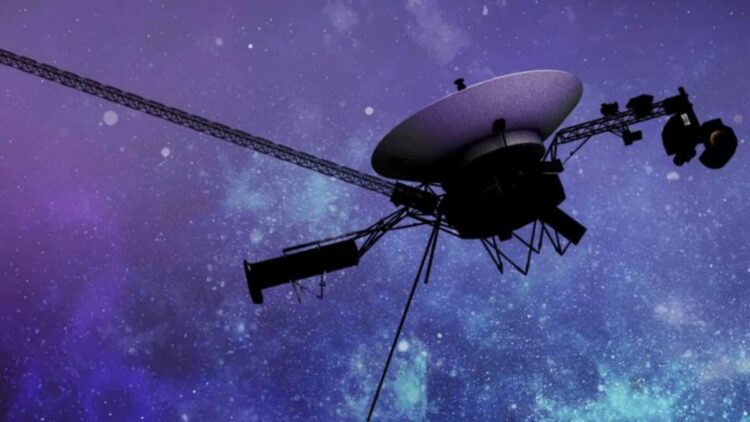Red alert in Florida – the tawny crazy ant has become one of the worst pests in the country
No expensive dinners or romantic trips—these 5 daily routines are the real key to stronger relationships
It’s official – Russia discovers the planet’s largest oil field in Antarctica… and the world already fears the worst…
We breathe about 20,000 times a day without thinking, without noticing, like switching to autopilot (now that we’re talking about breathing, you’re aware of it and it’s bothering you, right?). Well, it turns out not all humans breathe the same.
A group of researchers in Israel, from the Weizmann Institute and the University of Haifa,
has discovered that each person has a unique way of doing it. And it’s not a poetic metaphor: they measured it. Literally, the way air flows in and out of your nose is as unique as a fingerprint.
Surprising.
How they discovered it?
They designed a tiny device that’s placed on the nose and records the airflow for 24 hours, both while awake and asleep. And to prove it, they tested it on 97 people!! After analyzing the breathing curves of all of them, they were able to identify each participant with 96.8% accuracy. They called it “the human nasal breathing fingerprint”. And the most interesting thing isn’t just that it’s unique, but that it remains stable over time, even months later!! What does it mean?
You don’t just breathe: your nose tells how you are
Behind this breathing signature, there’s a whole circuit of brain signals. Yes, the way we breathe is connected to brain areas that regulate alertness, emotions, anxiety… So even if you don’t notice, your breathing also reflects how you’re feeling.
In the study, they found that certain patterns were associated with higher or lower levels of anxiety and depressive symptoms. Even in people who hadn’t been diagnosed!
Using statistical models, they managed to predict with some accuracy whether someone scored high on scales related to autism, anxiety, or depression. No need to talk, fill out questionnaires, or get into a scanner. Your nose simply reports on your mind and health.
And what if in the future you’re identified by how you breathe?
The idea might sound like science fiction, tbh, but it opens the door to using nasal breathing as an identification system. In a world where digital security and privacy are always being debated, this kind of biometrics (which doesn’t require cameras, fingerprints, or physical contact) could go further than it seems. Still, it’s far from being implemented. More studies, more tests, more technical guarantees will be needed, and above all, people’s privacy must be respected.
For now, more research and recordings are still needed, along with other developments to ensure the reliability and precision of these identifications, so it’ll still take a while before this becomes real, though maybe not that long!
Even while asleep, we remain unique
Listen, the most curious thing they found here was that the nasal signature doesn’t disappear when we sleep. It only changes a little! But it’s still recognizable, it’s unique! And that opens up new possibilities: for example, detecting sleep disorders or breathing problems without invasive tests.
And, it can be combined with artificial intelligence to create new systems to monitor our health, isn’t it incredible, huh?
We breathe differently because we are different!
Beyond the technical part, there’s something very human in all of this. Everyone breathes the world in their own way! And that simple act of living (inhale, exhale) leaves a trace that speaks about us.
Researchers believe that in a near future, we could use these patterns to measure stress, emotional well-being, or even to support people who can’t express how they feel. It would be a powerful tool, especially for children or the elderly, to detect discomfort without needing to ask.
It’s just the beginning
All this is just a first approach, the study was done with healthy people and the sample is limited, but clinical and technological applications for this breathing fingerprint are already being considered too. From early diagnosis to devices that adapt to how you’re doing in real time. It could even be useful in situations where other identification methods fail.
Every time you breathe, your body leaves a signal. Now, science has learned how to read it. And what it says is no small thing.




